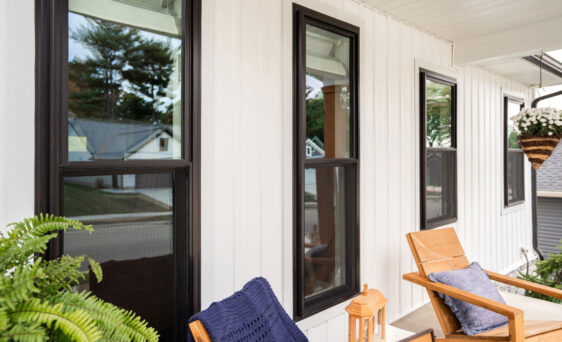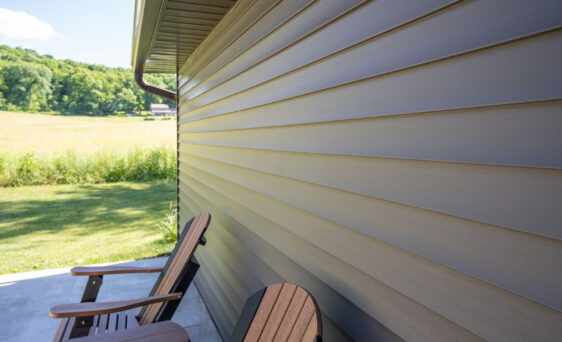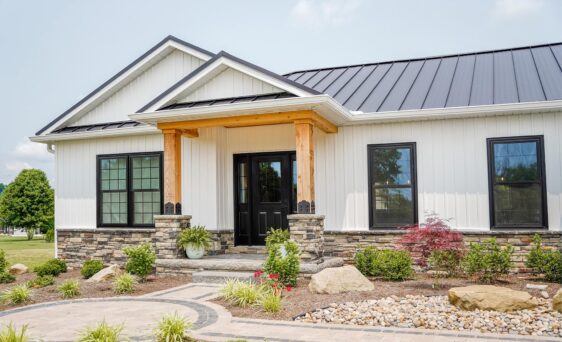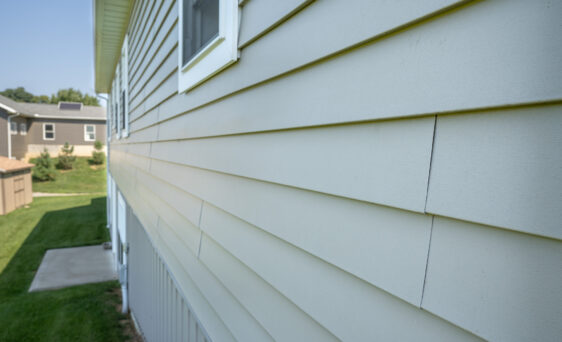Less time on maintenance, more time for life
VINYL SIDING
Beautiful, durable and low maintenance, ProVia vinyl siding is manufactured with today’s busy lifestyles in mind to help you spend more time enjoying life at your home, and less time maintaining your home.
Our super polymer vinyl siding is formulated to resist fading, cracking and thermal expansion and contraction.
VINYL SIDING KEY BENEFITS:
Beautiful, realistic grain patterns reminiscent of natural materials
No time-consuming painting, staining, or caulking
Ease of installation, which means less interruptions to your schedule
Design versatility–pairs well with other materials such as stone, brick, or shakes
Peace of mind with a Lifetime Limited Warranty
Designed to withstand what life throws at it
COMPARE VINYL SIDING BRANDS
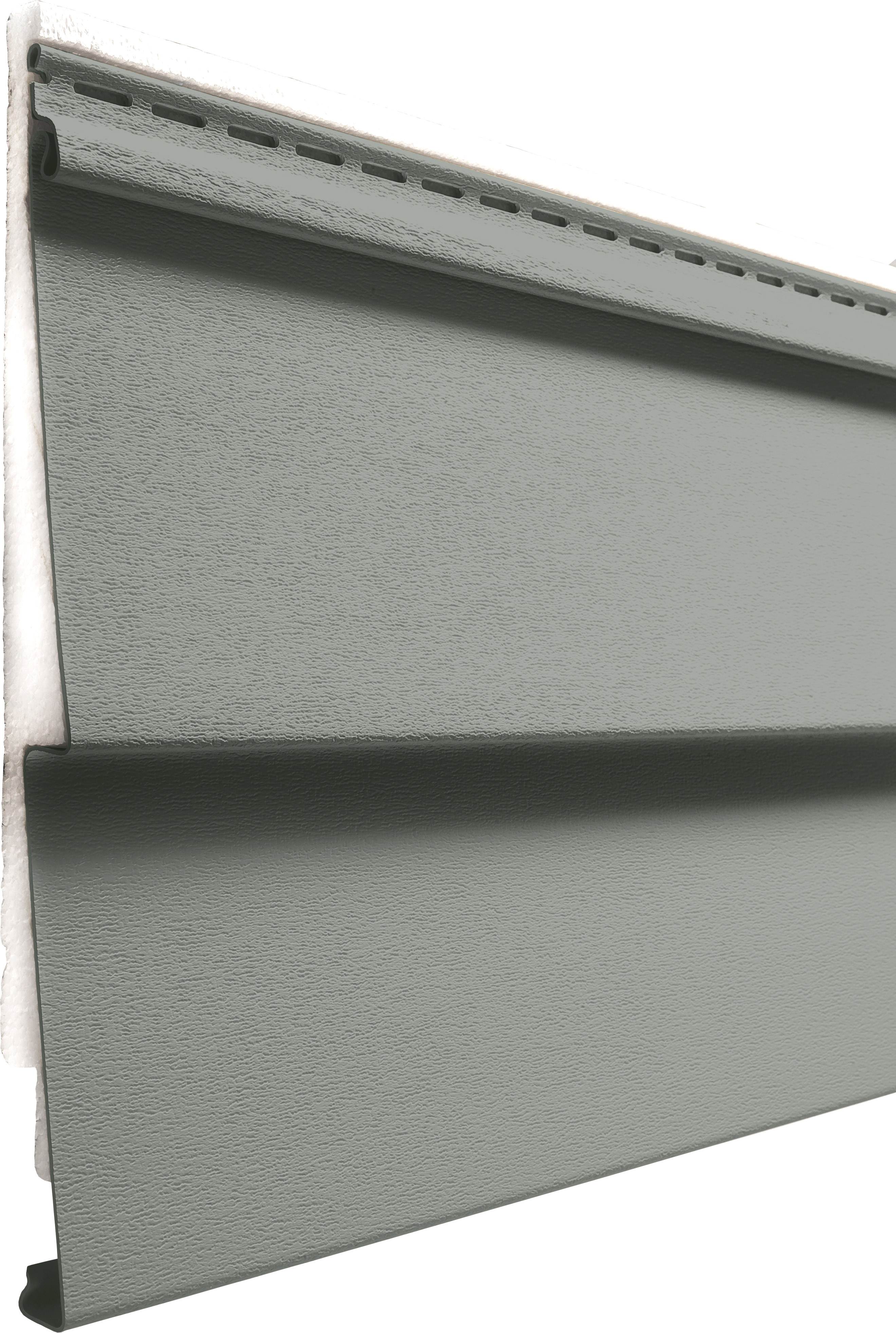
- Cedar woodgrain
- 4 profile options
- .046″ & .050” vinyl thickness
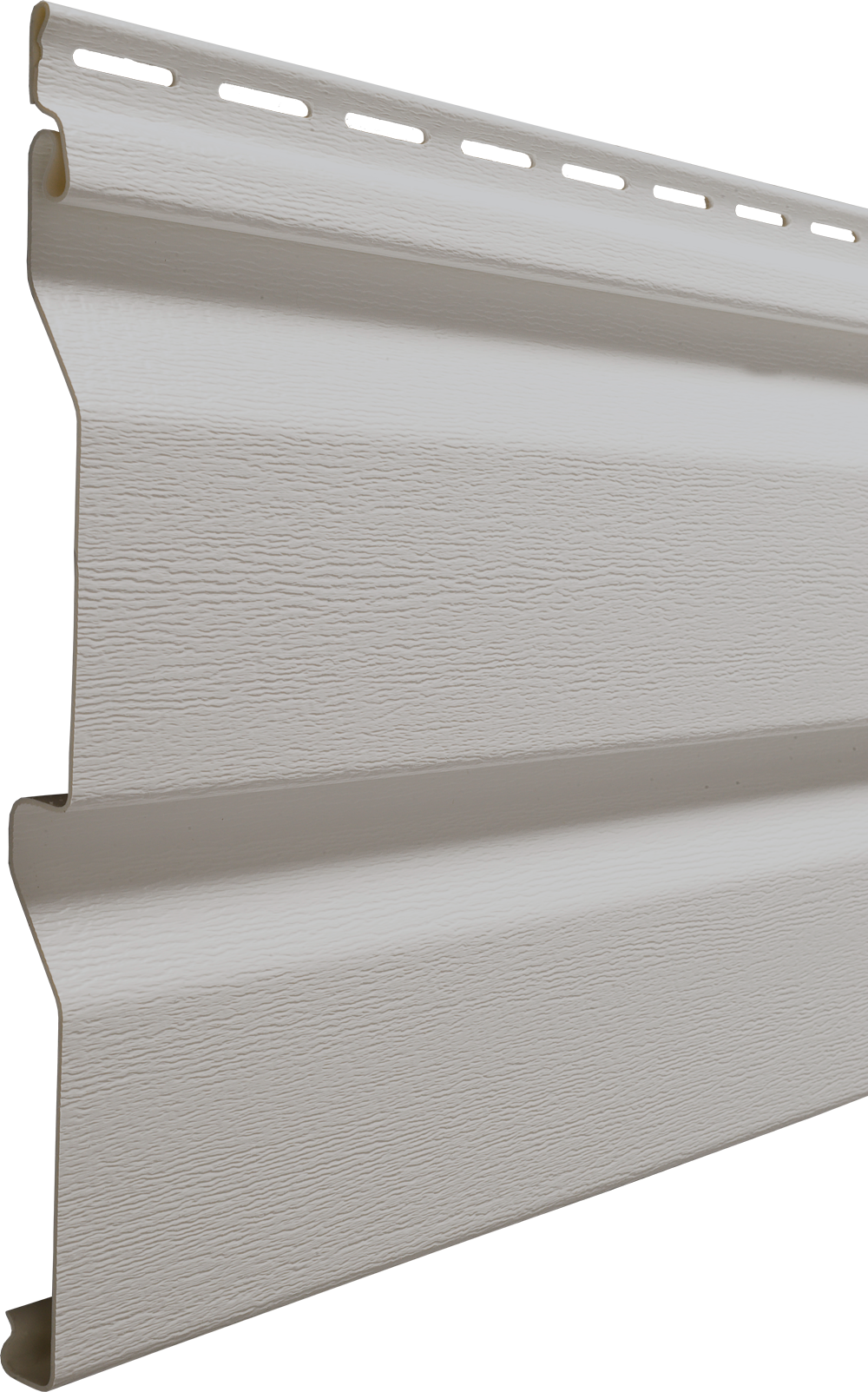
- Cedar woodgrain
- 4 profile options
- .046″ & .050” vinyl thickness
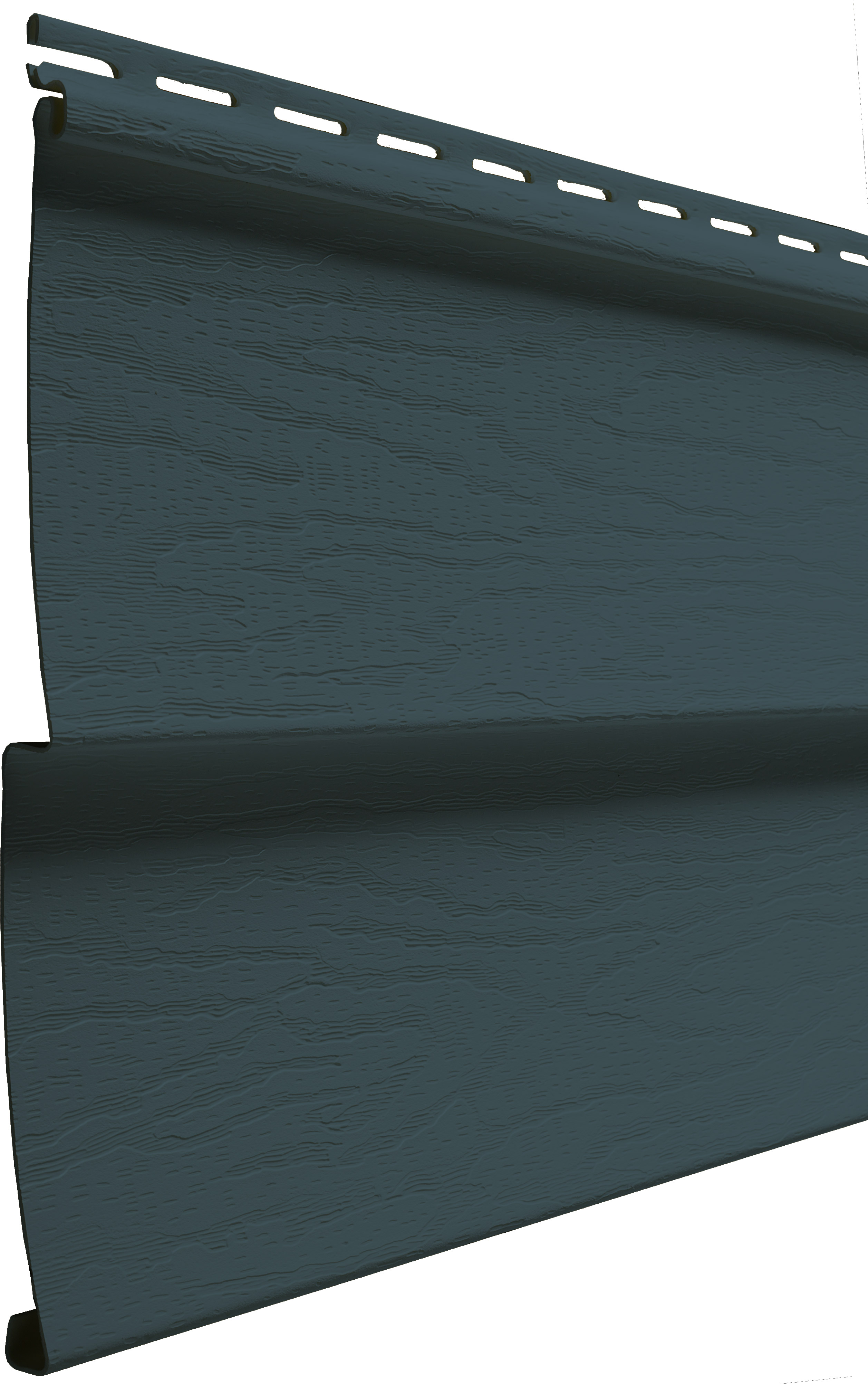
- Oak woodgrain
- 4 profile options
- .044” vinyl thickness
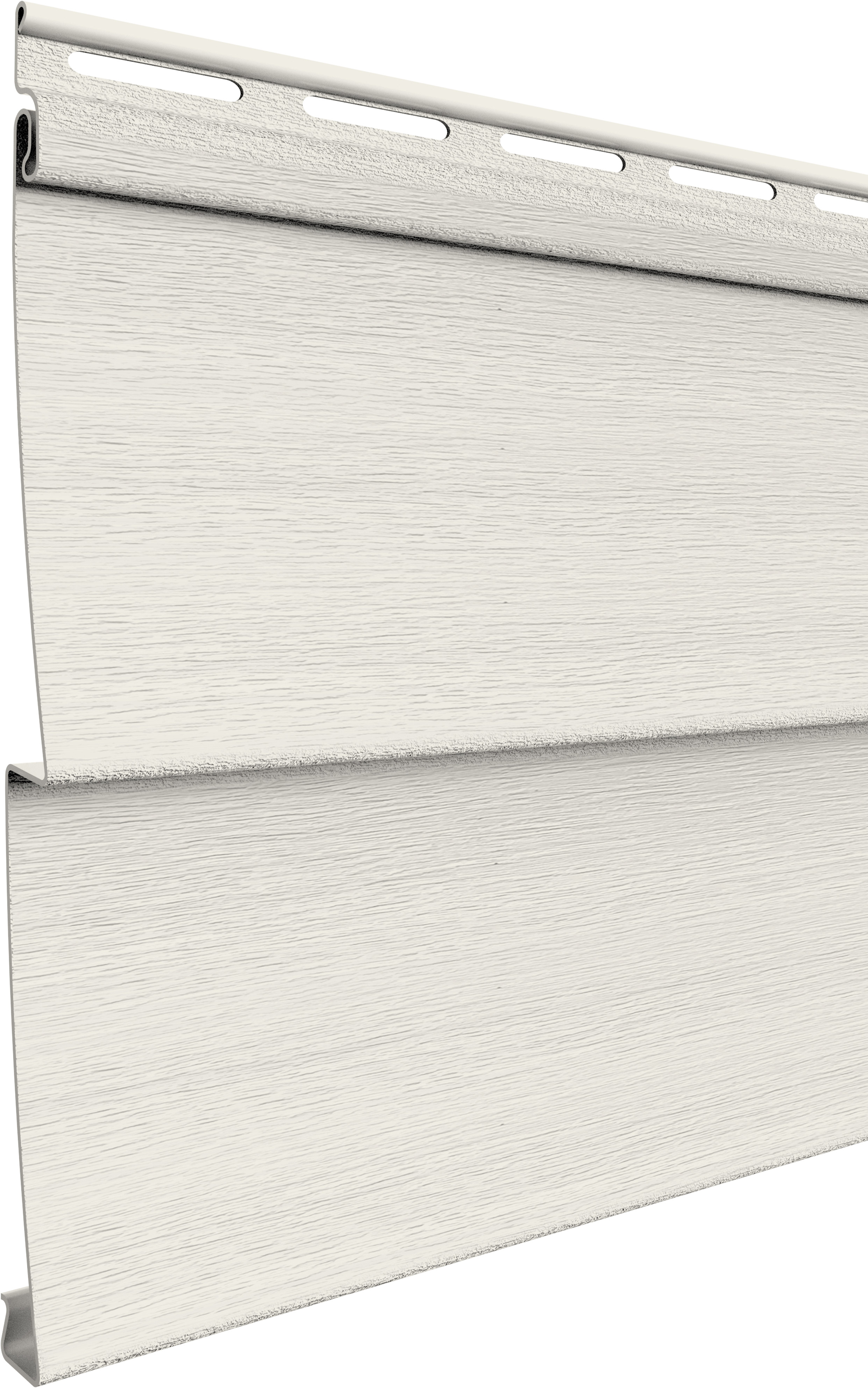
- Brushed woodgrain
- 6 profile options
- .042” vinyl thickness
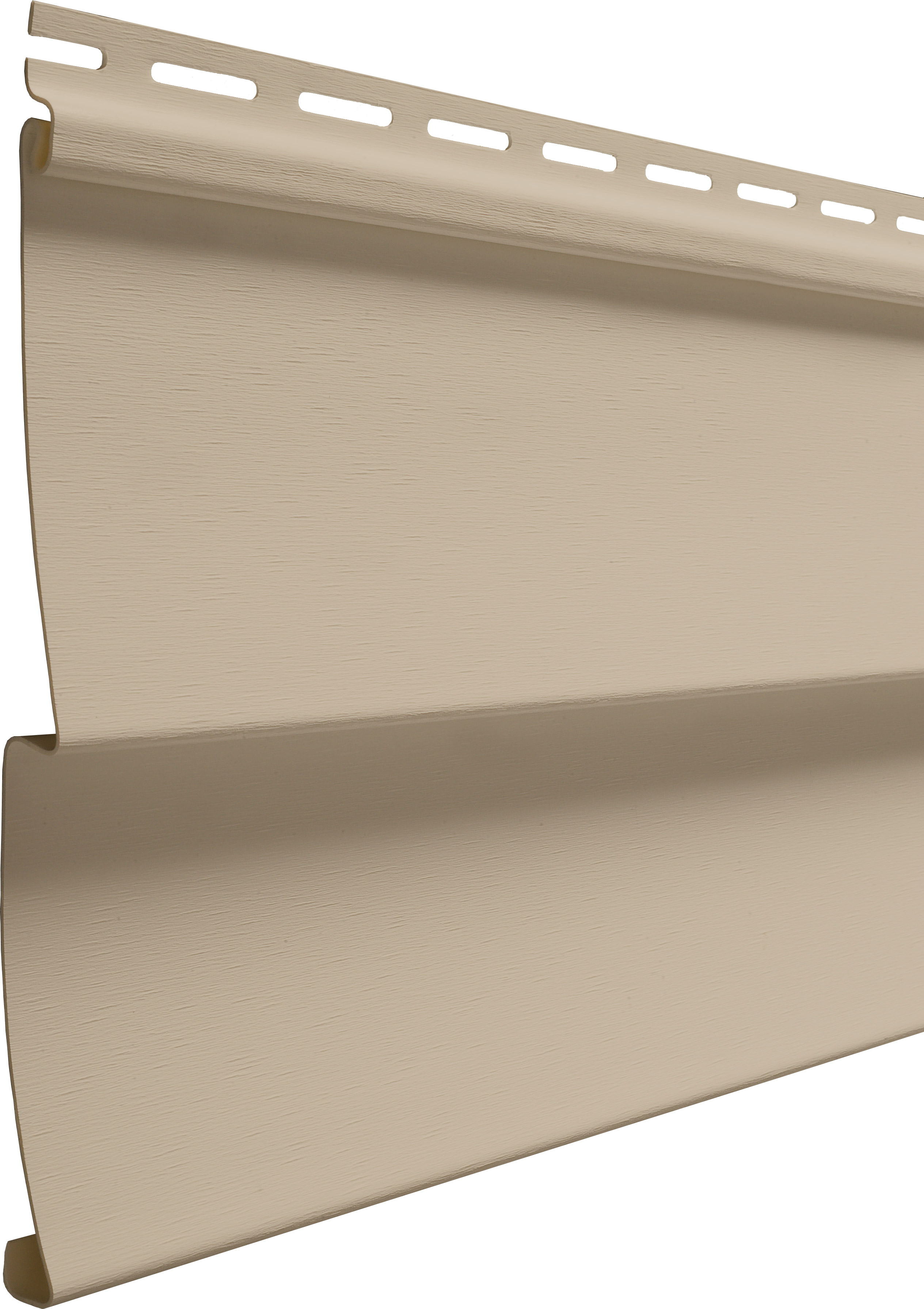
- Soft woodgrain
- 3 profile options
- .040″ vinyl thickness
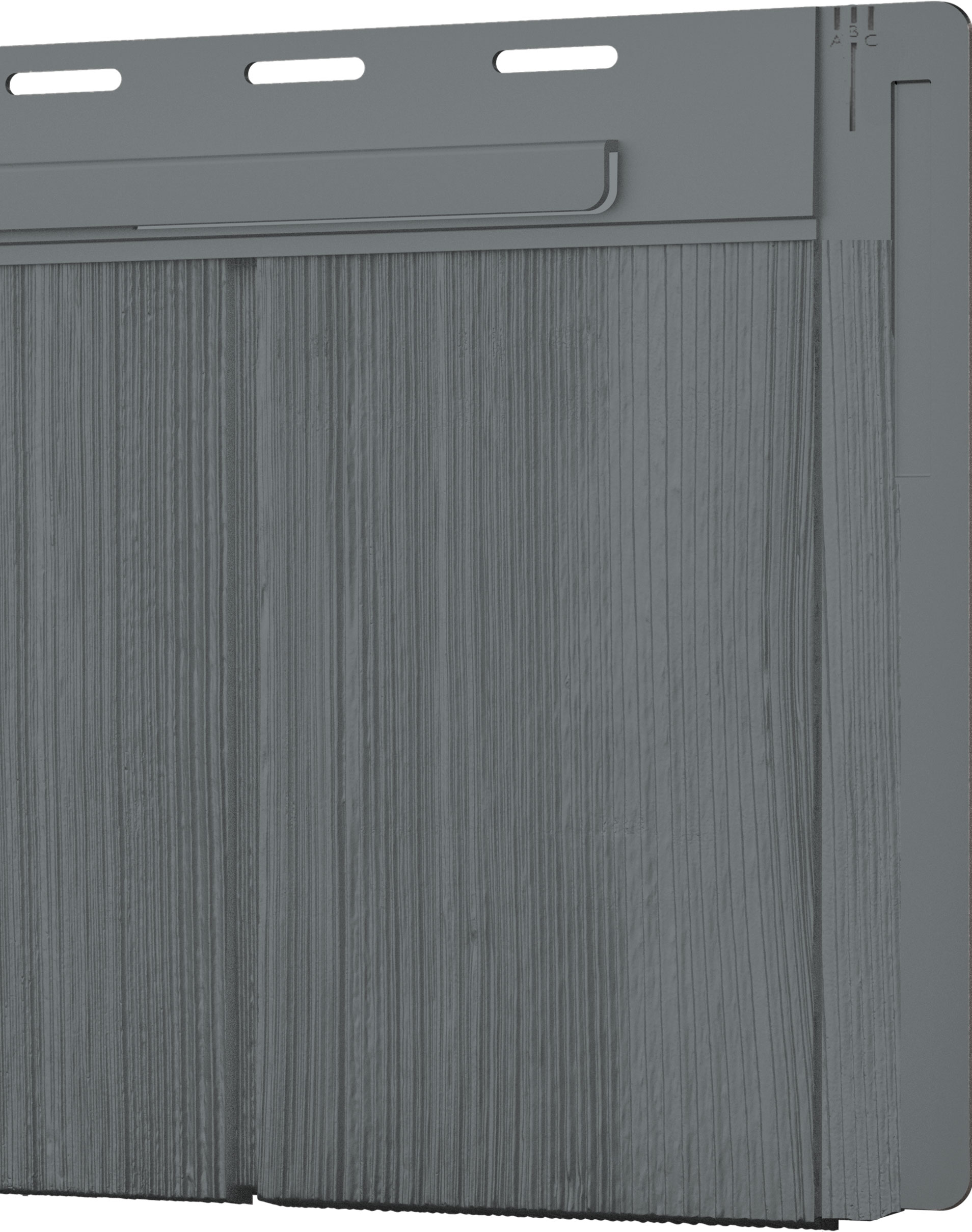
- Cedar-style shake & shingle
- 2 ultra-realistic profile options
- Low-maintenance polypropylene
